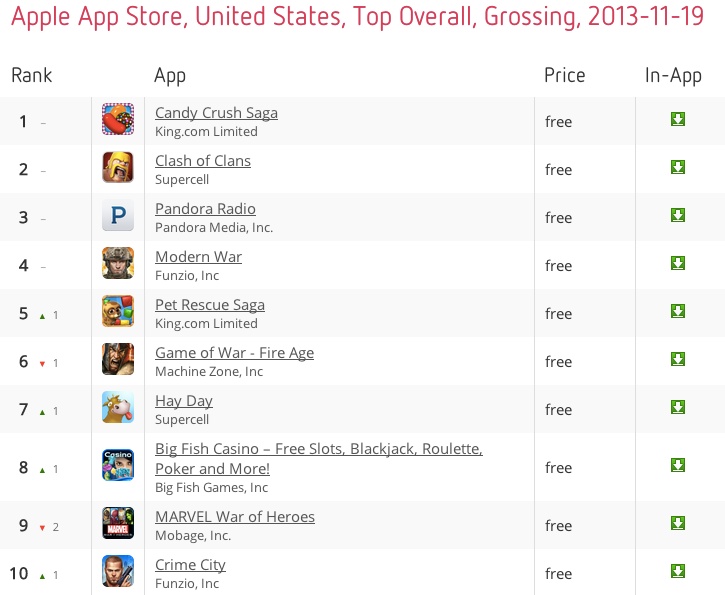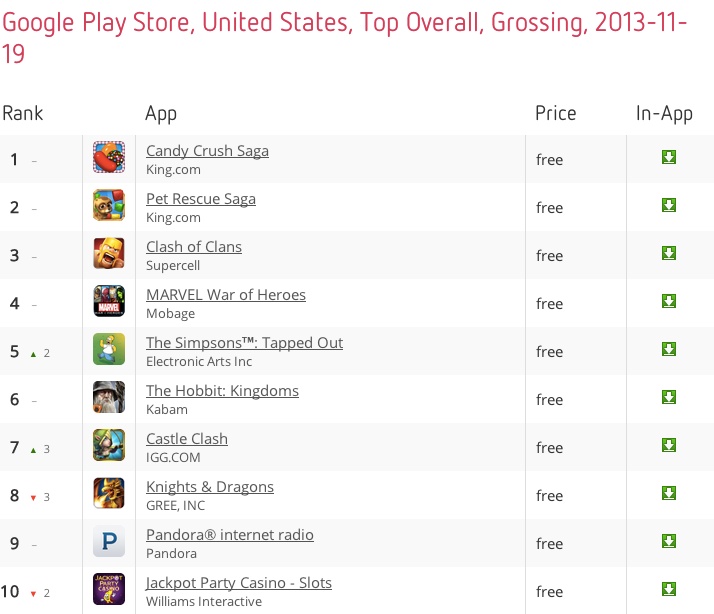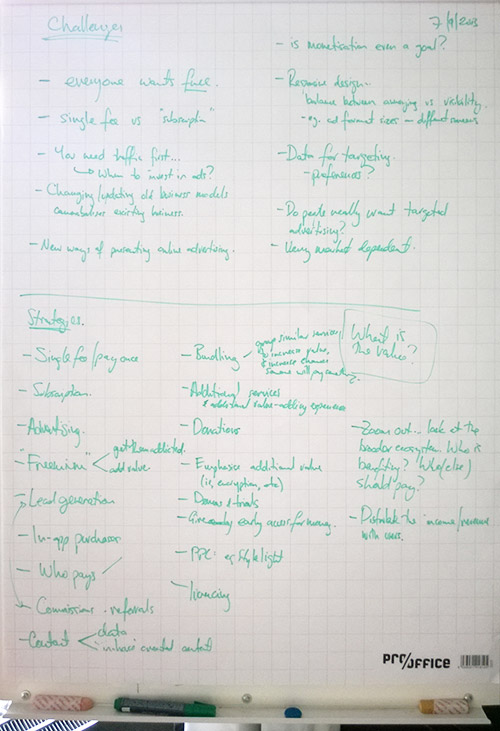There are many frameworks available to help product teams develop and express a customer value proposition. One of my favourites is this Value Proposition Canvas, which was based on the canvas from the creators of the Business Model Canvas.
Expressing the proposition on this canvas is a great way of forcing you to think through the whole proposition, from beginning to end, and it is particularly useful for helping you identify problem-solution fit – that is, identify and articulate which needs or problems your product is addressing, and how.
While this model has worked very well for me, I would like to share a different, (even!) simpler model. It’s a well-known idea that any product or business should be able to be expressed within a single sentence. This model is all about getting to one sentence.
It’s as simple as answering three questions about your product:
- What it IS
- What it DOES
- HOW it does it
Step 1: Answer the three questions
What it IS
This describes the broad product category. What IS this thing you’re building? An app? What kind of app? Is it a service? What type?
Examples:
- A messaging app
- A maps app
- A customer relationship management service
What it DOES
What does this product actually DO?
Or to put it another way – what are the benefits that this product provides to the customer? What needs does it solve?
Examples:
- Send a text, image or video message to anyone you want, instantly, for free.
- Find new and trending places to try that match your tastes in your neighbourhood.
HOW it does it
How does this product deliver the benefits you’ve described in the section above? What particular features or experiences are key to how your product will do this?
Examples:
- Extremely simple interaction model with delightful user experience.
- The fastest, most robust messaging cloud service.
- Recommendations based on the activity/history of your friends.
Step Two: Prioritise
Do you have multiple answers under some or all of the questions above? If so, prioritise them. What is more important? What is critical? What is core to the whole product, and what is secondary?
Which items, if removed, would result in the product not being viable any more? These are your core propositions.
Step Three: Circle the differentiators
Which items you’ve circled are the ones that differentiate your product from others on the market? Which ones make your product truly different from the competition?
Step Four: Your proposition in one sentence
Now, try making a single sentence out of your answers in the three columns, focussing on a) what is top 1-2 in terms of priority, and b) what is differentiating.
(Hint: you don’t need to use every column!)
The formula for the sentence is as follows:
This product is a x (what it IS) that y (what it DOES) by z (HOW it does it).
Example: This product is a messaging app that allows you to send a text, image or video message to anyone you want, instantly, for free.
If you find that you cannot get everything you want into one sentence, or if your sentence is more than two lines long, start cutting. Keep cutting until you reach one sentence. What is really core? What is truly differentiating?
Why does this model work?
This model works by forcing you to prioritise. What is really important? What is really core? What is really differentiating?
It is also helpful because it helps visualise where your product’s differentiation lies. Some products differentiate on the benefits, or problems solved, and others differentiate on the solution to those needs. Knowing which is crucial when formulating your value proposition.
Try it, and see. I am interested to hear your feedback and if this model works for you.



